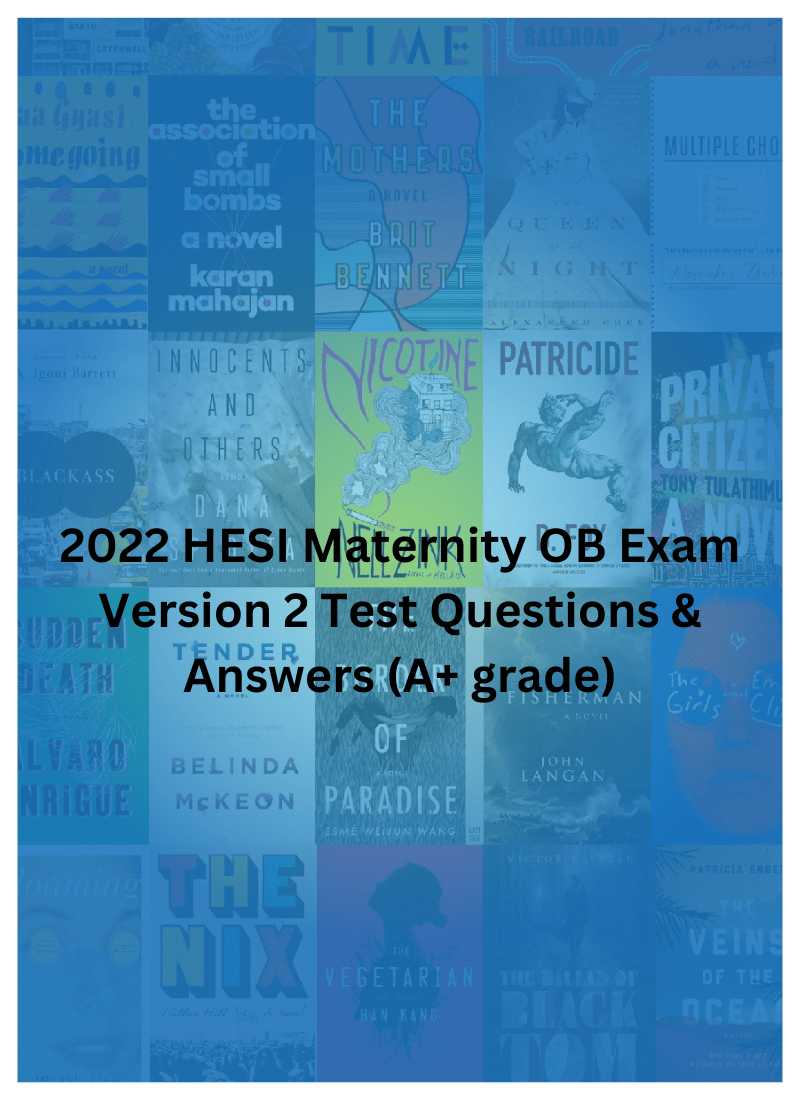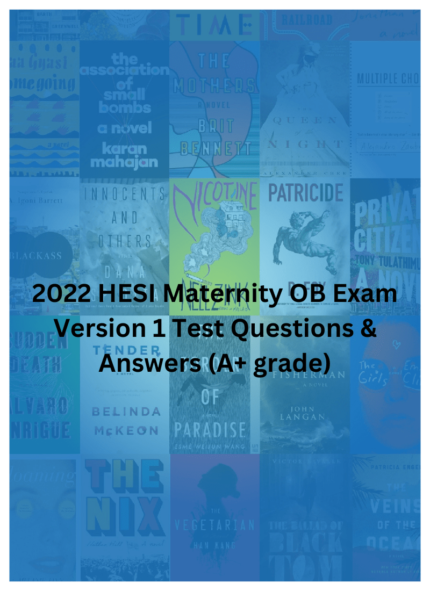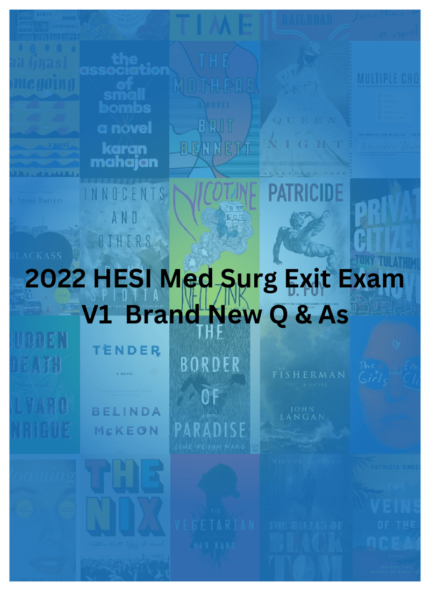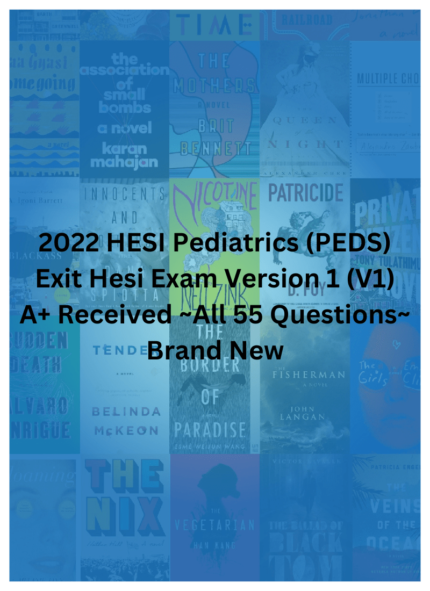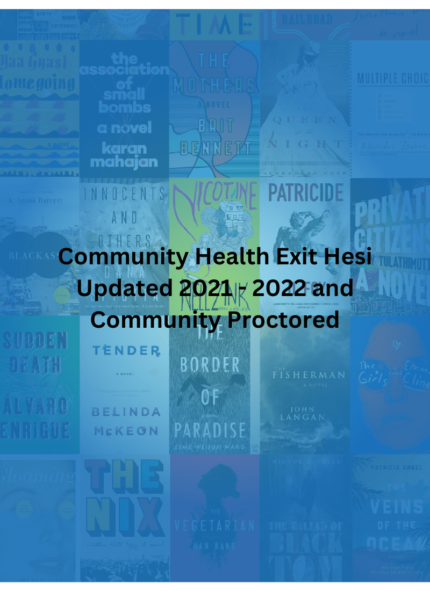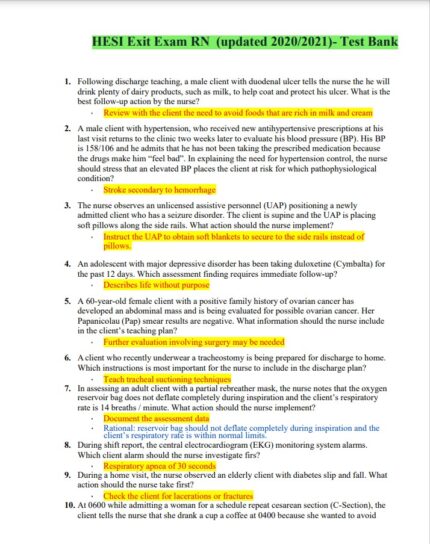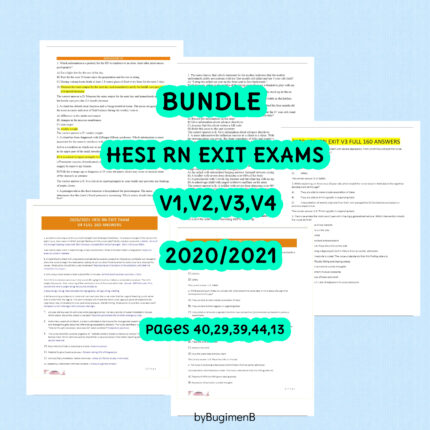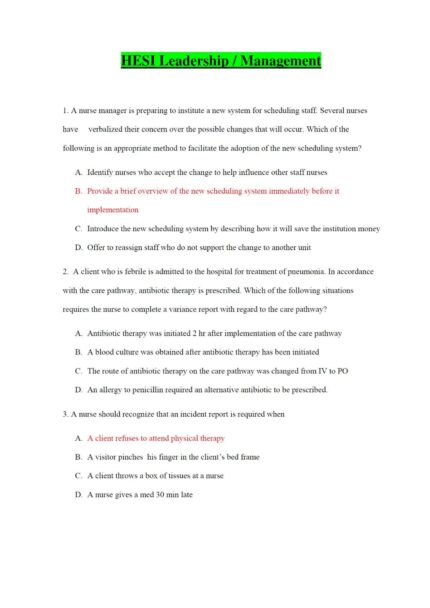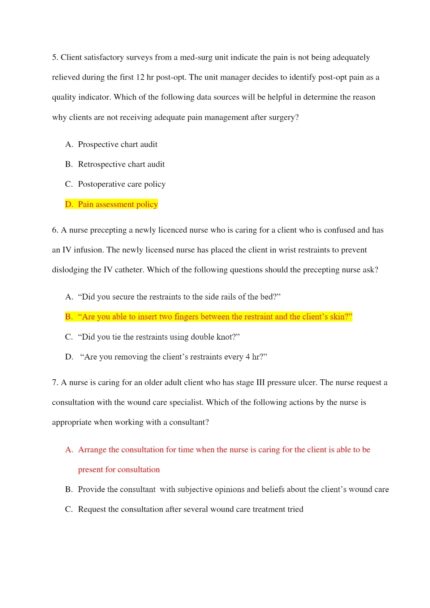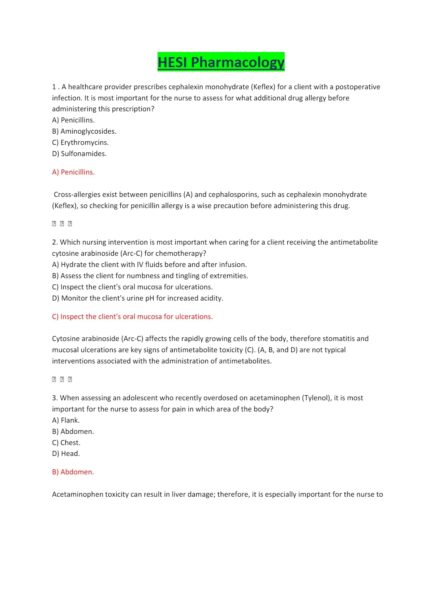2022 HESI Maternity OB Exam Version 2 Test Questions & Answers (A+ grade)
1 The nurse is providing care for a newborn who was delivered vaginally and assisted by forceps. The nurse observes red marks on the head with swelling that does not cross the suture line. Which condition should the nurse documents in the medical record?
A Caput succedaneum
B Hydrocephalus
C Cephalhematoma
D Microcephaly
2 A client at 34 weeks gestation comes to the birthing center complaining of vaginal bleeding that began one hour ago. The nurse assessment reveals approximately 30ML of bright red vaginal bleeding.
Fetal rate of 130 – 140 beats per minute, no contractions and no complaints of pain what is the most likely cause of these client’s bleeding.
- A Abruptio Placenta
- B Placenta Previa
- C Normal bloody show indicting induction of labor
- D A ruptured blood vessel in the vaginal vault.
3 A client at 30 weeks gestation reports that she has not felt the baby move in the last 24 hours. Concerned she arrives in a panic at the obstetric clinic where she is immediately sent to the hospital. which assessment warrants immediate intervention by the nurse.
- A Fetal Heart rate 60 beats per minute
- B Ruptured amniotic membrane
- C onset of uterine contractions
D leaking amniotic fluid.
4 A client at 37 weeks gestation presents to labor and delivery with contractions every two minutes the nurse observes several shallow small vesicles on her pubis labia and perineum. the nurse should recognize the clients is prohibiting symptoms of which condition?
A Genital Warts
B Syphilis
C
D
5
labor which maternity description is most important in preventing this fetus from developing respiratory distress syndrome.
- A Ampicillin 1 gram IV push q8h
- B Betamethasone 12 mg deep IM
Herpes Simplex Virus
German Measles
The nurse is planning care for a client at 30 weeks gestation who is experiencing preterm
C
D
6
of eclampsia. She’s not presently convulsing. Which intervention should the nurse plan to include in this client’s nursing care plan?
- A Allow liberal family visitation
- B Keep an airway at the bedside
- C Assess temperature every hour
- D Monitor blood pressure, pulse, and respiration every 4 hours.

